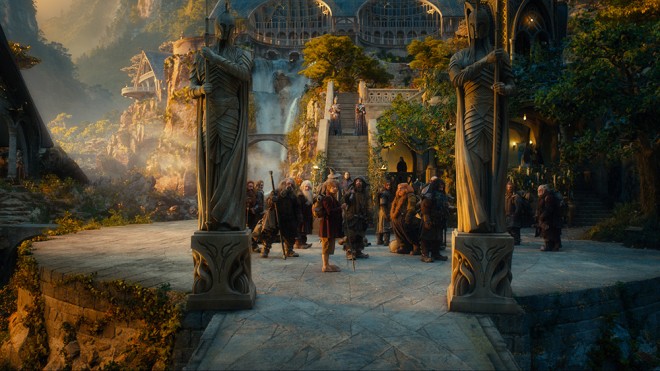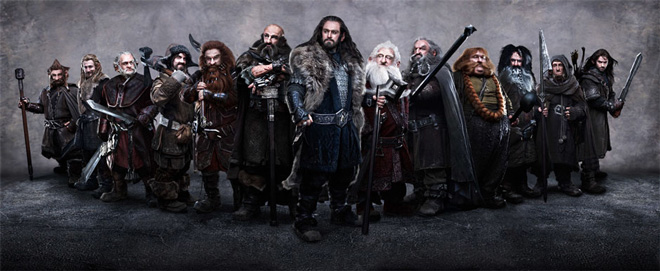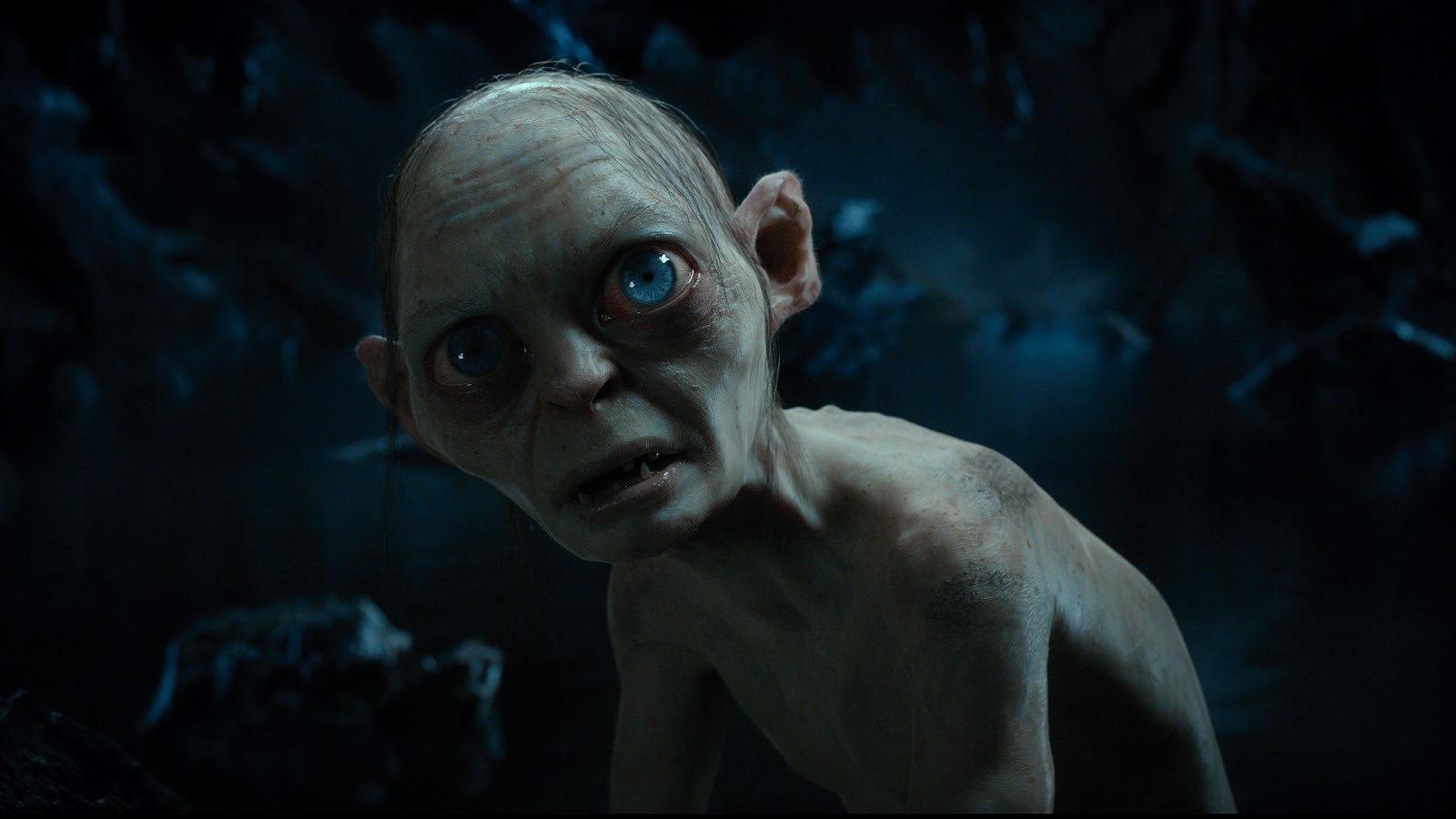So I finally got to watch The Hobbit: An Unexpected Journey in HFR (High Frame Rate), which plays the movie 48 fps instead of the usual 24 fps. Before I go any further, I must say the best part of the experience was watching the 10 minute 3D preview of Star Trek Into Darkness, that movie just looks fantastic! And the 3D looked great too!

But then The Hobbit started, and quickly my eyes lid up! You immediately notice a difference, so bright, clear and detailed. Reminded me of the first time I saw a movie in HD! But after that first grasp of air, although the image seemed astonishingly smooth, there was some oddities that my eyes were not quite able to comprehend… It looked too real! Felt like I was next to Peter Jackson on set, watching them act out scenes, which I won’t lie, would be an outstanding experience if he were really there! Then there was the fast forward effect, where Bilbo Baggins seemed to be walking twice as fast, not sure if that was intended as Hobbit walk or was just an effect caused by the HFR, but it was very distracting either way.
However that didn’t last all that long, the FF effect wasn’t seen anymore after they left Hobbitville, and after 15 or 20 minutes my brain sank into the 48 fps mode. Yes it is different and looks more like a soap-opera at times on the slower pace scenes, but once the action starts the HFR is extremely refreshing to the eye, especially in 3D! I have a hard time watching movies in 3D, some scenes are cool but it becomes very straining to the eye after a while, mainly because of the blurriness, but the High Frame Rate in The Hobbit reduces the blurriness considerably in movements, almost completely to the naked eye, making it extremely pleasant to watch!
Is this HFR the future of film?
This is hard to say for the moment because it got so much mix reviews.. But then again so did the DVD when it first came out! High Frame Rate might not be very useful in comedy or romance movies, but I believe it does have a bright future in action and highly graphical scenes in 3D. I would love to see a film in 24 fps switch to 48 fps during the action sequences, I know this is impossible at the moment, but it could be an interesting alternative in the future.
With all this criticism, did Peter Jackson make a mistake in releasing the film in three versions? Even though the HFR version got reviews in both extremes, Jackson’s decision might have still been a smart one! People had a choice in which version they wanted to see the film, and it’s a smooth way to introduce a new* technology. The brighter economic side of Jackson’s decision is that many LOTR fanatics will not hesitate to go watch the film in regular format and in 3D HFR, and movie fanatics will do just the same.
*(HFR is actually an old technology, read Meet the Hollywood eccentric who invented high frame rate film 30 years before ‘The Hobbit’)
Would HFR work for short films?
Like I mentioned earlier, the high frame rate has somewhat of a less cinematic effect for most scenes – at least until our eyes get used to it, in the future it might be the standard for features and shorts-, but for now it would make lower budget look even lower budgeted. However this might be an interesting option for highly detailed 3D short movies, the downside is that YouTube and Vimeo still only play videos at 29 fps.

If I did not mention anything about the movie itself, it’s because the HFR had a bigger effect on me than the actual movie. I’m not saying I didn’t enjoy the movie, it was quite entertaining and once again Peter Jackson nails the beautiful picturesque aspects of the films, but it was nothing more than another Lord of the Rings film. My biggest astonishment at the end of the film was why did they call it ‘The Hobbit’ and not ‘The Dwarfs’?
Do yourself a favor and go make your eyes freak out! Enjoy!
Here are other interesting links, and different opinions about High Frame Rate
Pain of The New
The Man Who Invented HFR 30 Years Before The Hobbit
The Hobbit: An Unexpected Masterclass in Why 48 FPS Fails


